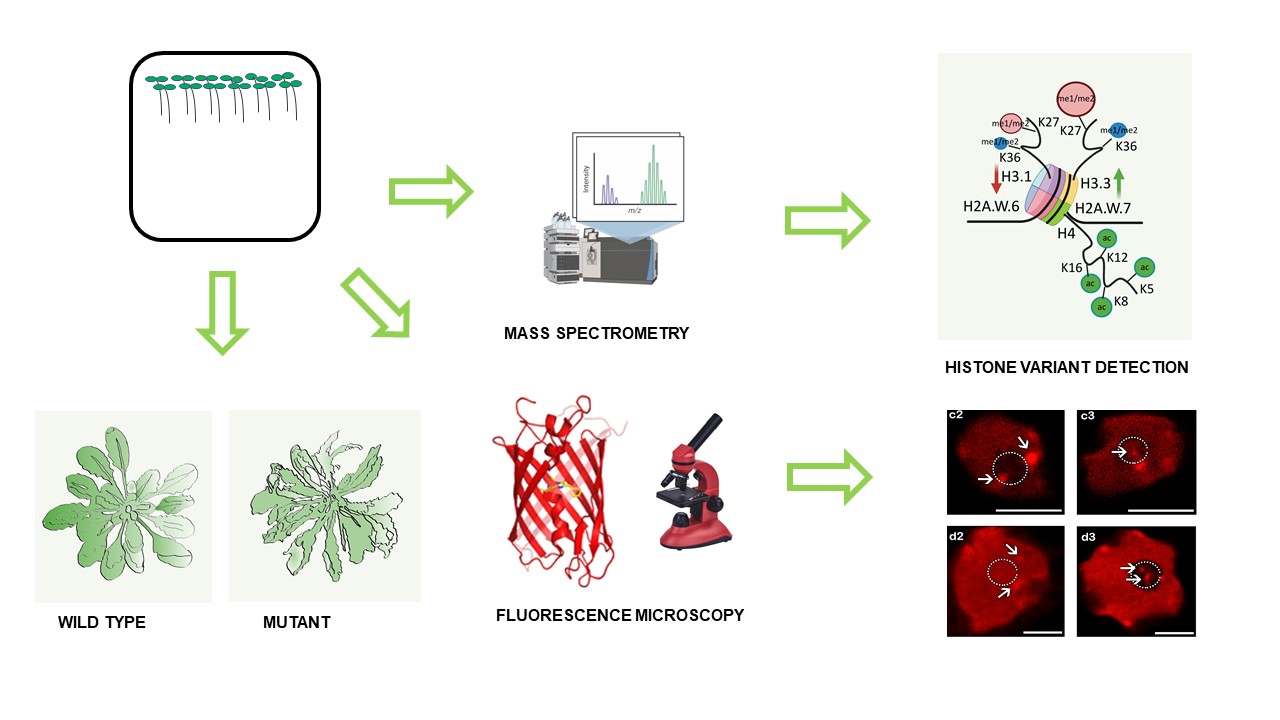31. July 2024
Researchers from CEITEC Masaryk University in Brno have made significant strides in understanding how plants adapt to genotoxic stress and subsequent mutations, specifically through changes in DNA folding. They discovered that when Arabidopsis plants lack certain auxiliary proteins, called histone chaperones, the plants adapt and adjust the composition of proteins that are necessary for the correct arrangement of DNA in the nucleus. This discovery may have implications for biotechnology and agricultural innovation.
The nucleus of a plant cell is the control centre where DNA is stored and arranged in a structure known as chromatin. This is achieved by wrapping DNA around proteins called histones, similar to winding a string around spools. Auxiliary proteins, called histone chaperones, ensure that the DNA is properly wrapped by helping the histones fold and transport correctly.
“We discovered that when these chaperones are missing, it leads to errors in histone deposition. Plants adapt to this situation by incorporating alternative variants of histone proteins and modifying their chemical properties, so they mimic the original pattern occurring before the mutation,” says Michal Franek from the research team at CEITEC Masaryk University. Defects in chromatin assembly are usually lethal, but plants are exceptional in this respect, having developed skills for adaptation. The researchers are trying to understand what triggers this adaptation as these changes help to keep the plant’s genetic information stable, ensuring proper growth and development.
“It was already known that errors in histone deposition lead to changes in chromatin properties and impact plant health. We are contributing to this knowledge by understanding how such altered chromatin incorporates specific (epigenetic) marks that are essential for regulating physiological processes,” adds Franek’s colleague Martina Nešpor Dadejová on the research that was recently published in Molecular & Cellular Proteomics.

The researchers used sensitive mass spectrometry-based proteomics and fluorescence microscopy to delve deeper into this phenomenon. Proteomics allowed them to comprehensively analyse histone proteins, while fluorescence microscopy provided detailed visualizations of histones at the level of individual cells. The high-quality infrastructure of CEITEC Core Facilities played a key role in their research.
Given the sessile nature of plant life, adaptation to adverse conditions is essential and represents a key evolutionary tool. If research is to contribute to the development of more resilient crops, it is important to understand how plants cope with mutations and genotoxic stress and to what extent they are able to withstand environmental challenges.


 Share
Share

